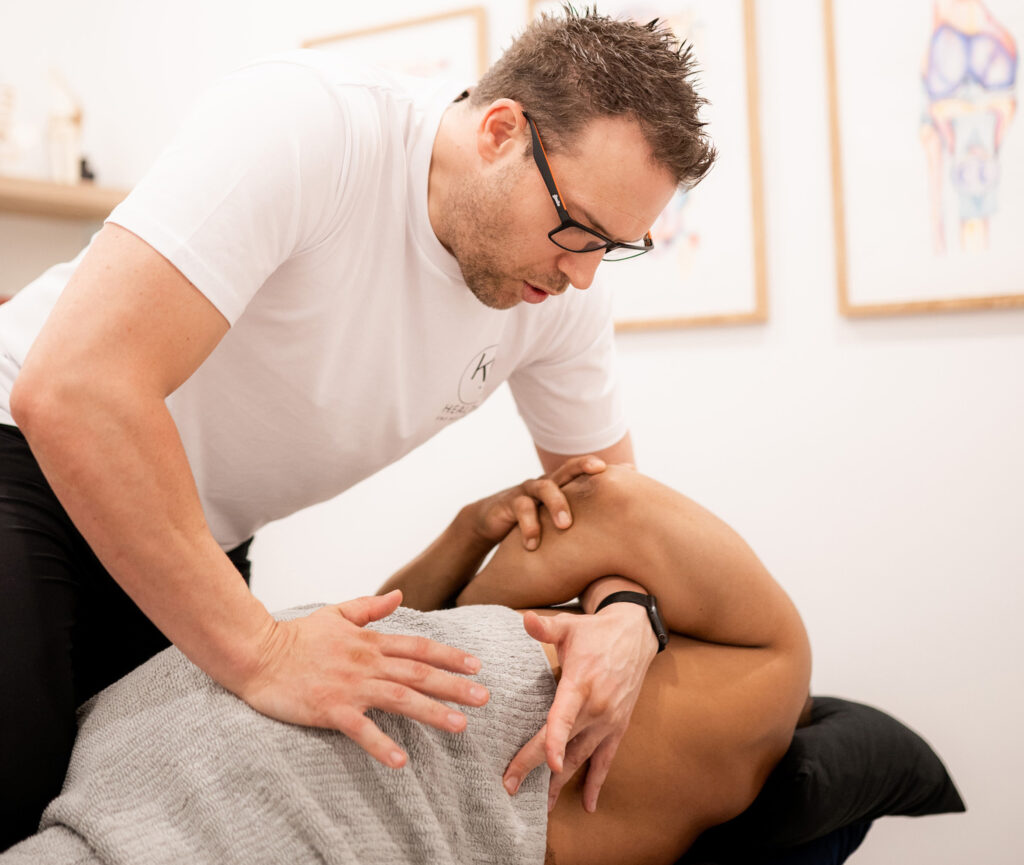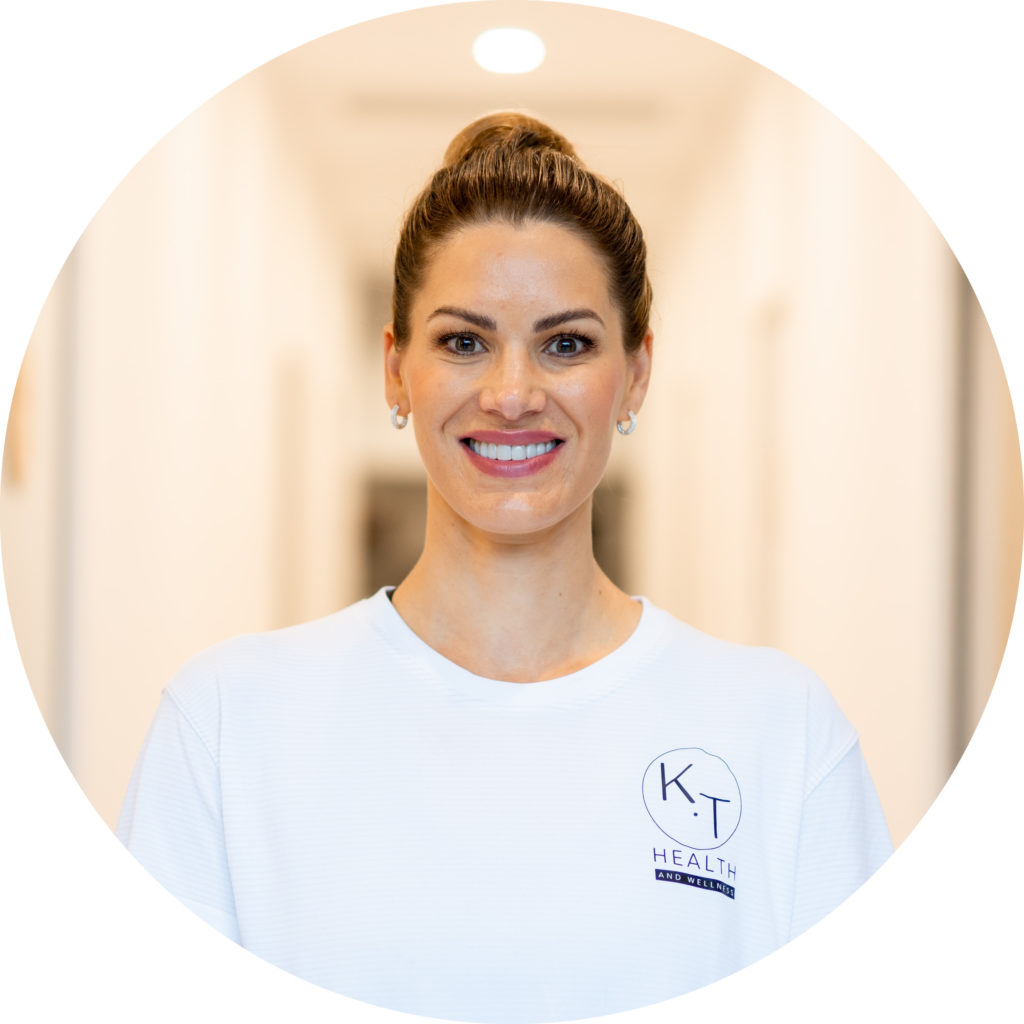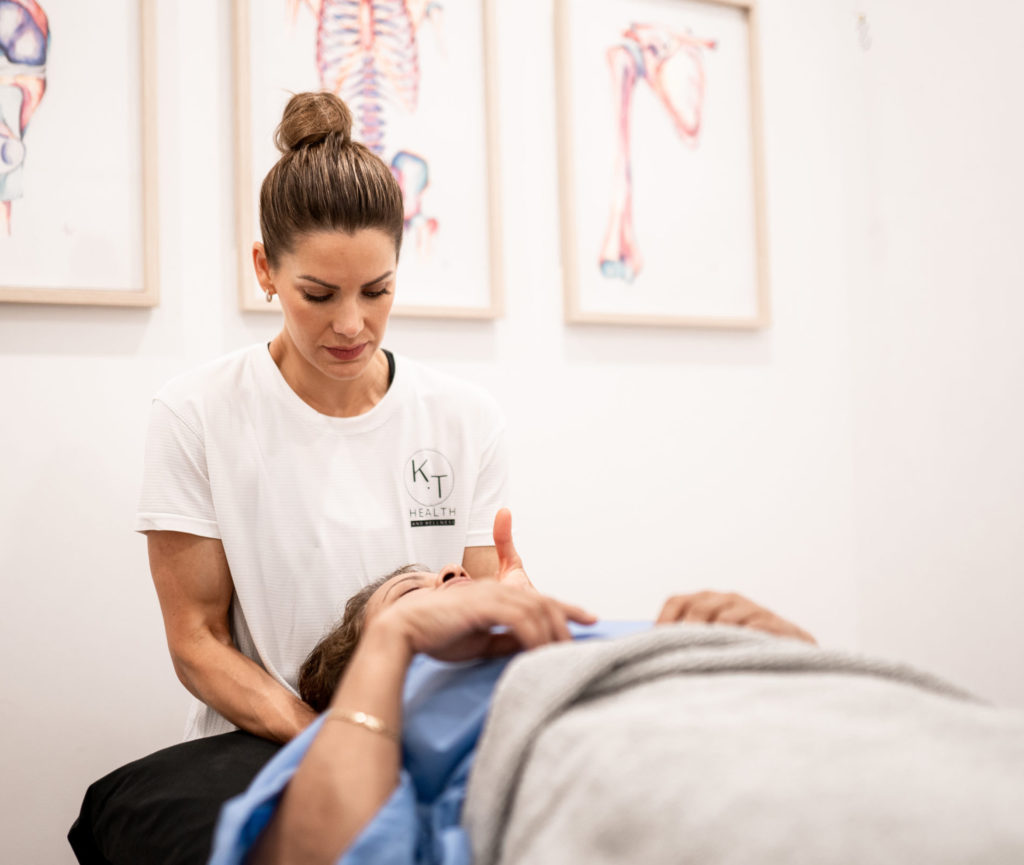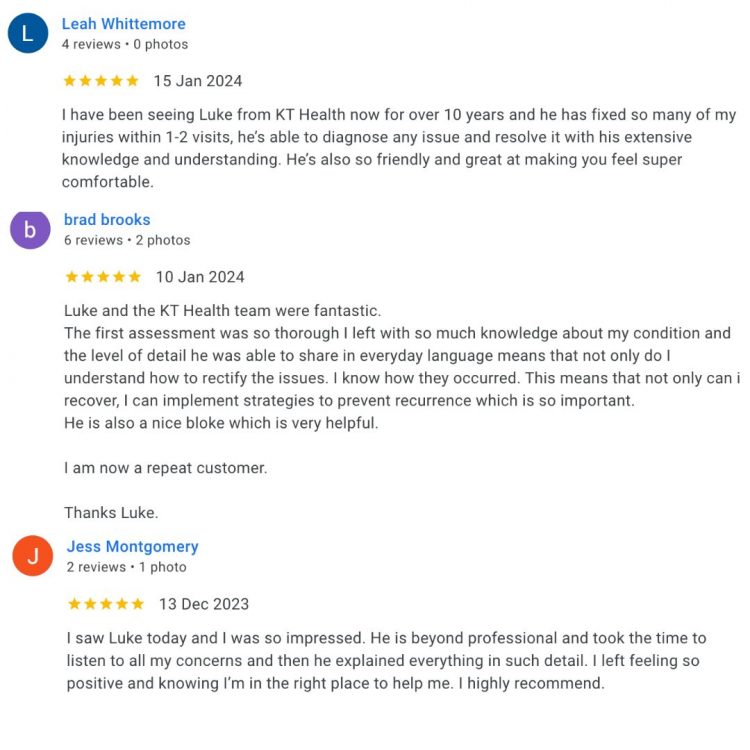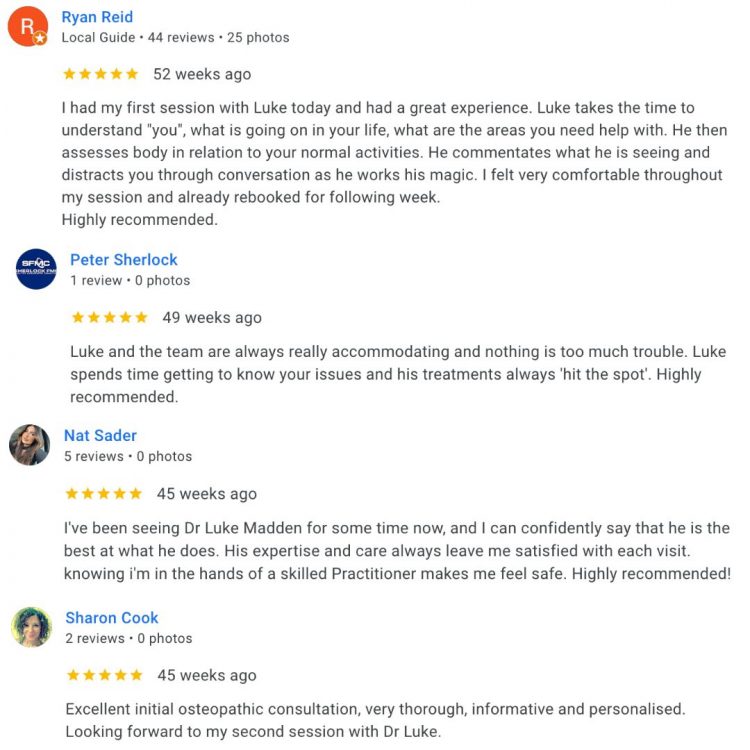How long does spinal degeneration take to heal?
Everything You Need to Know About Spinal Degeneration
What is Spinal Degeneration?
Spinal degeneration refers to the age-related breakdown of the structures in the spine, including the discs, joints, ligaments, and bones. It’s often called degenerative disc disease, although it’s not technically a disease, it’s a natural wear-and-tear process that can lead to pain, stiffness, reduced mobility, and in some cases, nerve irritation or compression.
An analogy…
Imagine your spine like the shock absorbers and hinges of a car. Over time and with repeated use, the cushions (discs) thin out, the joints rust (arthritis), and the parts may not move as smoothly. This is spinal degeneration, normal aging, but it can become painful if it affects nerves or causes inflammation.
What causes spinal degeneration?
Spinal degeneration occurs when the intervertebral discs begin to lose water content and shrink, which reduces their cushioning ability. The facet joints (the small joints in the back of the spine) may become arthritic and inflamed. Ligaments can thicken, and the body may form bone spurs (osteophytes) in an attempt to stabilise the spine. All of this can reduce the space around the spinal nerves, leading to stiffness, pain, and in some cases, nerve compression.
What are the signs and symptoms of spinal degeneration?
- Chronic back or neck pain
- Stiffness, especially in the morning or after periods of rest
- Reduced flexibility or range of motion
- Pain that radiates into the arms or legs if nerves are affected
- Tingling, numbness, or weakness in the limbs
- Pain that worsens with prolonged sitting, standing, or heavy lifting
- Pain that often improves with gentle movement or activity
Because spinal degeneration is a gradual, long-term process, it can’t be completely reversed. However, symptoms often improve with consistent management over several weeks to months. Mild cases may feel better in 4 to 6 weeks, while more advanced cases may require ongoing treatment over 3 to 6 months. The goal is to reduce pain, improve movement, and prevent flare-ups.
How does spinal degeneration happen?
- Aging and daily wear and tear
- Poor posture over time
- Repetitive bending, lifting, or twisting
- Previous spinal injuries
- Sedentary lifestyle with limited movement
- Weak core or back muscles
- Genetic predisposition to degeneration
- Smoking, which reduces disc nutrition and healing
- Obesity, which adds extra load to the spine
What treatment can help spinal degeneration?
- Manual therapy such as mobilisation, massage, or dry needling
- Postural retraining to reduce strain on the spine
- Structured exercise program to strengthen the core, hips, and back
- Anti-inflammatory medications to manage pain and inflammation
- Use of ice or heat for symptom relief
- Activity modification to avoid aggravating movements
What exercises or stretches can I do for spinal degeneration?
- Pelvic tilts
- Glute bridges
- Gentle spinal mobility drills
- Core activation exercises
- Hip and hamstring stretches
- Progression to functional movements (e.g. squats, lifting techniques)
What products can help with spinal degeneration?
Pelvic tilts
Lie on your back with your knees bent and feet flat on the floor.
Pull your bellybutton towards your spine and clench your buttock muscles to roll the tail bone up off the floor.
The majority of the effort should come from your abdominal and buttock muscles.
Your lower back should press firmly into the floor.
Relax and repeat.

Cat and camel pose
Start on your hands and knees with your back in a neutral position.
Arch your back, lifting your head up and pushing your tail bone out, making a dish with your spine.
Hold this position.
Next, bend your back up by tucking your head and tail bone in and pulling your belly button in towards your spine, making a curve through your back.
Hold this position, and then repeat.

Bird dog
Start on your hands and knees, with your hands under your shoulders, and knees under your hips.
Tighten the abdominal core muscles.
Extend the opposite leg and the opposite arm simultaneously, making sure your maintain good control in your torso.
Do not allow your body or hips to rotate.
Repeat on the other side.

STOP GUESSING – START MOVING
See what other people have said about our osteopaths
Trustindex verifies that the original source of the review is Google. KT health has really helped my back and i have been able to get back into competitive sportTrustindex verifies that the original source of the review is Google. Absolutely amazing, I see Louie Nouh who always listens and caters to my needs. He is amazing at his job and always helps alleviate my pain. I highly recommend Louie.Trustindex verifies that the original source of the review is Google. Friendly, supportive staff. Such a lovely place to exercise! Highly recommend.Trustindex verifies that the original source of the review is Google. Amazing instructor, I am new to Pilates felt very comfortable & supported.Trustindex verifies that the original source of the review is Google. I have been suffering from shoulder and neck pain for months - I saw Dr Louie Nouh a couple of time. His treatment really relived the pain. I have full range of movement now. His knowledge on exercise is fantastic.Trustindex verifies that the original source of the review is Google. Absolutely love reformer at menai. Instructors are amazing. Love Michaela and love the small classes. Highly recommend!Trustindex verifies that the original source of the review is Google. The trainers are all amazing , they explain everthing step by step and help where needed . It is an amazing place to relax get to know other people have a laugh . I recommend for anyone .Trustindex verifies that the original source of the review is Google. Ever since I came here I’ve been looked after by Louie and my shoulder is already feeling much better. Highly Recommend these are good people.Trustindex verifies that the original source of the review is Google. SENSATIONAL Chiropractor in Menai! I attended my first appointment with Dr Louis Nouh at KT Health & Wellness who is an absolute genius even after one session with him. He explained everything he intended to address about my lower back condition, all in easy to understand, layman’s terms. He said he would call me the next day to follow and see how I was feeling after our session and guess what, he did! During our session, he made me feel relaxed and comfortable especially as it was my first chiropractic appointment EVER! For some reason, I am actually looking forward to my subsequent sessions with him next week. Don’t get me wrong, he did poke, prod and crack me as necessary but the results made it seem worth it.Trustindex verifies that the original source of the review is Google. I have been seeing Melinda now for a couple of months to help with bursitis in my hip. She is one of the best practitioners I’ve ever seen.. With the use of various tools and techniques she has helped me recover much quicker than I expected. Thanks Mel and see you tomorrow!
We don't offer magic fixes or cures, but a sustainable approach to back pain.
Our Osteopaths will offer you a road map to help you take control of your back pain and feel great again.
BOOK YOUR OSTEOPATH VISIT TODAY
Book a Time with Dr Luke Madden Below
Book a Time with Dr Melinda Madden Below
Already have an account?
Book as a guest
- Book an Appointment


